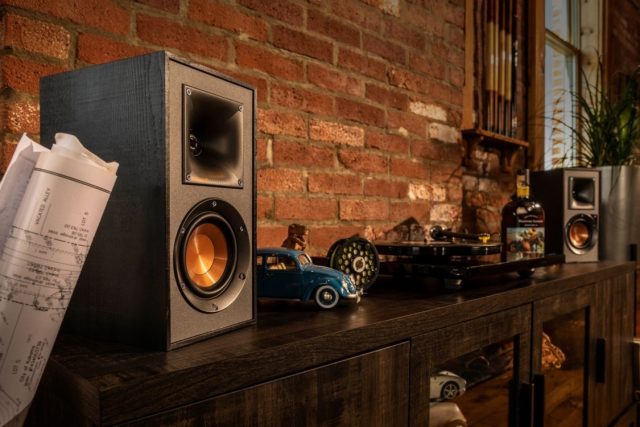
Sound quality is of utmost importance for a music lover. There are different kinds of audio devices available in the market nowadays. The best way to go for a device is to gather information about different products in the market.
The products found on https://electromarket.co.uk/ are customizable and quality-tested. You can consider checking them out, once. The world of the speaker gets divided into professional audiences and casual listeners.
Sometimes, it is in between these two extremities for most people. Here, we will talk about the different aspects of both these types of systems for you to decide.
Differentiating Between Active And Passive Speakers
The difference for active and passive speakers can be drawn based on the following heads:
1. Power Source
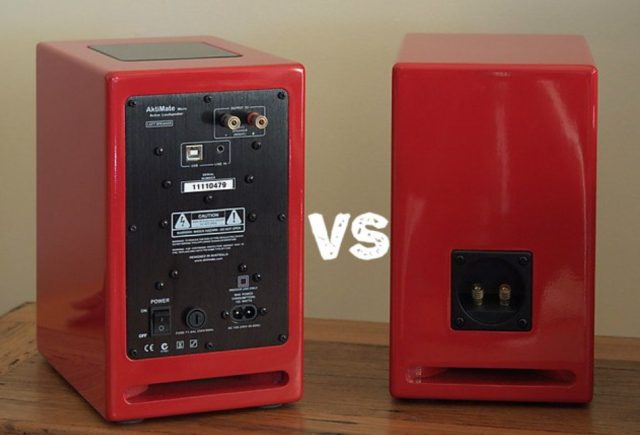
Each speaker, be it active or passive, gets built differently. Sound systems with active speakers have an inbuilt power amplifier. Passive systems use passive electronics, which do not need a power source.
But, for passive speakers, the power source is required for the amplifier, which gets connected externally. It depends on the utility for the customer, based on which woofers get sold.
Active sound woofers have a compact design and are easier to carry but need a power source. Passive sound woofers do not have a direct power source. But, other types of equipment are needed, along with passive system to listen to music.
2. Price
The most important aspect of getting an electronic product is the price range. A variety of products are available in the market. Audio lovers usually buy a product after enough research on the matter.
Considering price point to be a distinct aspect, it gets easier to chalk out options. Active speakers with an inbuilt power supply and amplifier are costly. Passive speakers need a specific setup before the music gets played. But, passive sound systems are cheaper compared to active ones.
This price difference is due to the sound systems’ working mechanism. A product is chosen from different available options based on a customer’s preference.
3. Product Size
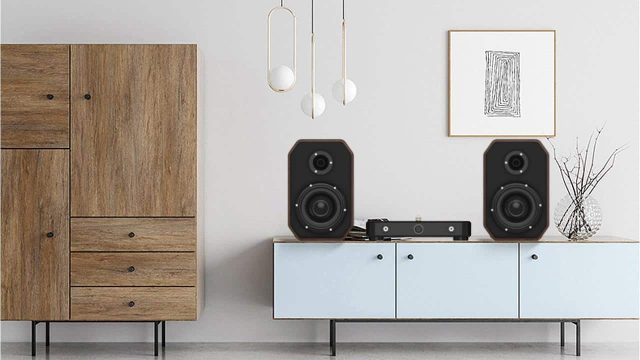
Audio devices are available in a variety of sizes. It depends on the customer to choose what they want to get. Both the active and passive systems get used for different reasons.
Active speakers though heavier, are more compact than passive speakers. Listening to music at home depends on a person’s preference. Active sound systems need a power supply, and most of the work gets done. There is no need to tweak or change anything, but it is different for passive systems..
Passive systems occupy a certain amount of space. The external power source and amplifier connect to the device to produce sound. Passive crossover networks, amplifiers, sources, and drivers are a few. Customized passive systems are for anybody who wants a musical experience.
4. Relevant Knowledge
Knowledge on this matter sounds a bit too much. But, this must get noticed that there is a variety of audio devices available to the customer. Active speakers are much easier to install and operate compared to passive speakers.
Casual listening or watching a movie is enough; buying an active sound system speaker is better. Customers who have a specific taste in their listening experience and love to customize should get passive system.
The output of a device varies based on the power source, audio drivers, amplifiers and compatible models for each device. If someone buys a product and does not want to change audio outputs, it is better to use active sound woofers.
5. Ease of Use
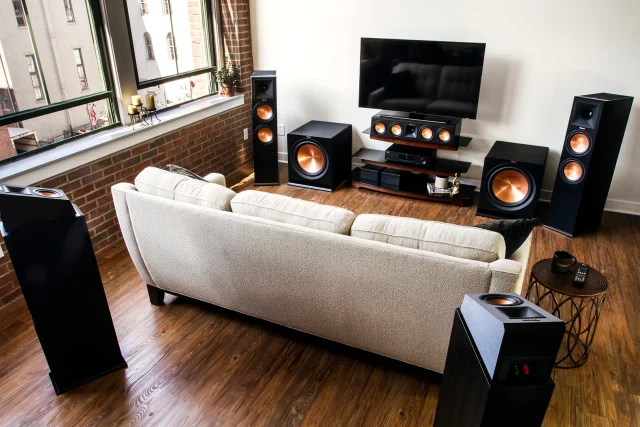
Products from the audio segment have different use case scenarios. Professionals and audiophiles prefer to change sound amplification and tweak with drivers. Customers who want to have a seamless listening experience are not concerned.
For them, a device which is easier to carry and play songs on is always a better option. In such a situation, active speakers are the better option to choose with their usage. For passive speakers, there is a need for knowledge to achieve the full potential of the sound system.
6. Customization
People look for varieties of options for features associated with a product. Here, sound systems with passive speakers are a better alternative than active speakers. Since the amplifier is not associated with the body of a passive sound system, it is customizable. The power source necessary to make sound gets amplified with a device designed for the purpose.
Good attributes and drivers are attached to impact the sound output generated. Since passive speakers have external amplifiers, changing the input for the desired output is easier. Active sound woofers come with built-in amplifiers and a power source.
Thus, active sound systems are not much customizable. Customers with a keen ear for their musical experience prefer customizing their products. Passive sound woofers are a better option, for that matter.
7. Personal Preference
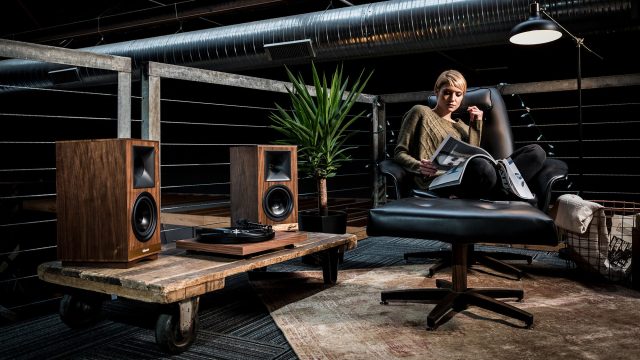
Sound systems are the most sought products in the audio segment. People have a specific thing in mind before getting a product. Both active and passive speakers are available in the market for the customer, and it comes down to their preference.
Active sound systems usually are hassle-free once installation gets done. After it gets connected to a power source, there is not much customization available with sound output. Passive audio speakers are smaller in size but need an external amplifier that needs power. Choice of a product is related to a customer’s preferences and the type of music they prefer to listen to.
Conclusion
In today’s world, everything needs ample market research. It is quite easy in today’s connected world. Information on audio devices is available on the internet. Both types of speakers provide a good listening experience depending on the situation bought by an individual.
Active speakers are compatible for carrying around and listening to songs in a gathering. Passive speakers need sound knowledge for tweaking a sound system based on a person’s preference.
The most important aspect of getting new speakers is their usage. People prefer listening to songs, which may vary from person to person. Speakers from both segments provide good quality audio, and the differences lie in how they get operated by the customer.








